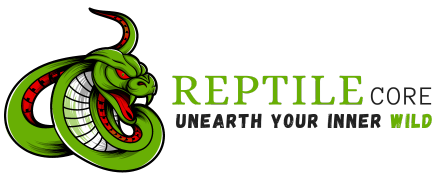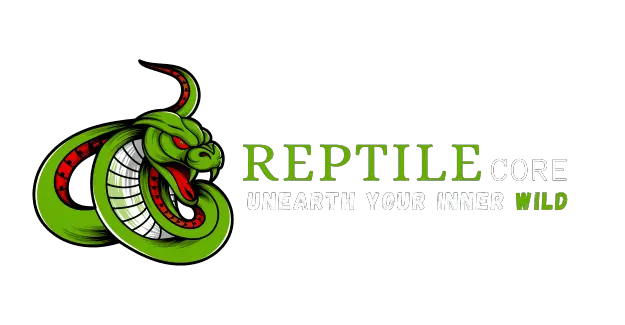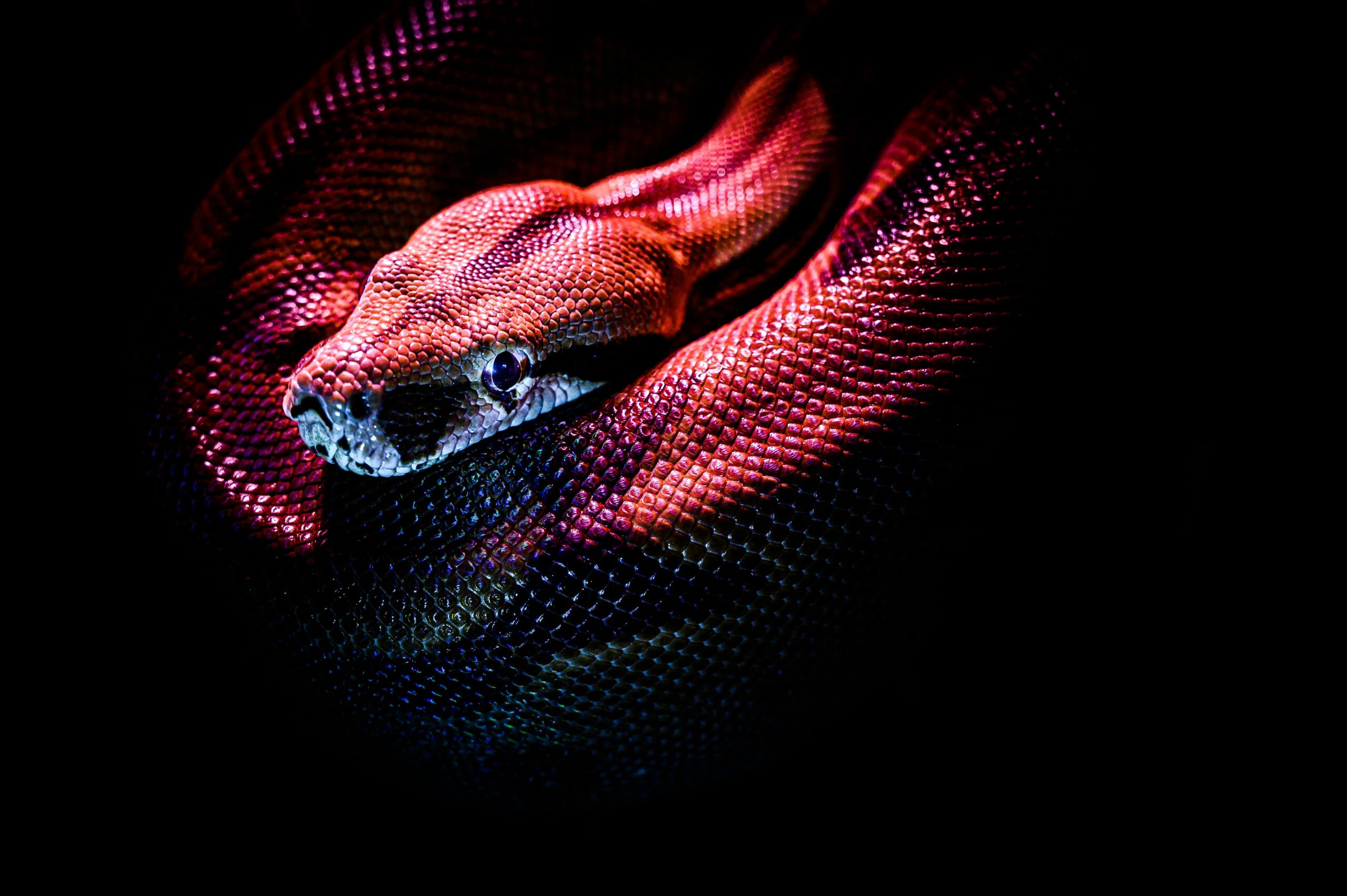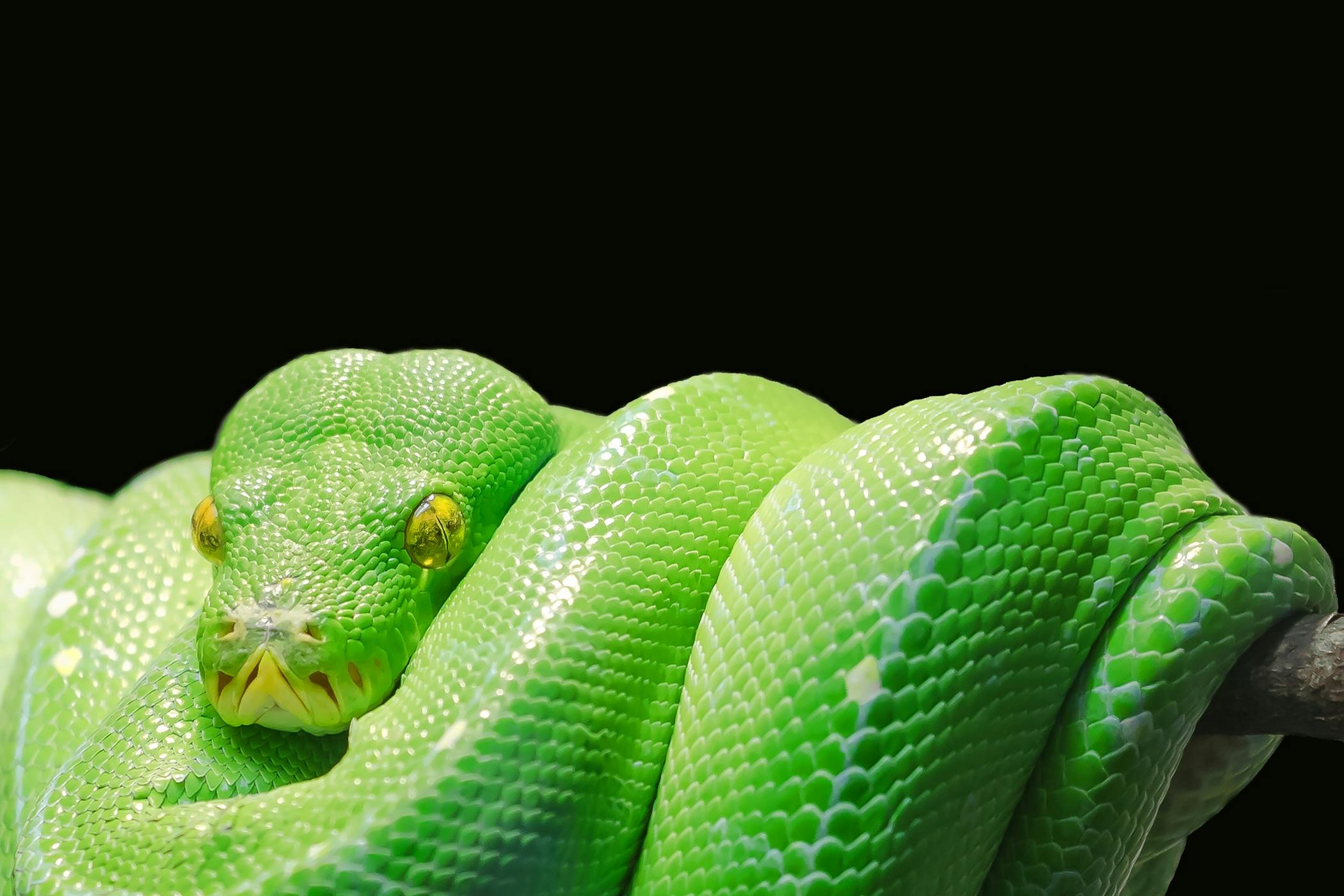Leopard Gecko Care Guide
Published: Februaury 6th, 2024
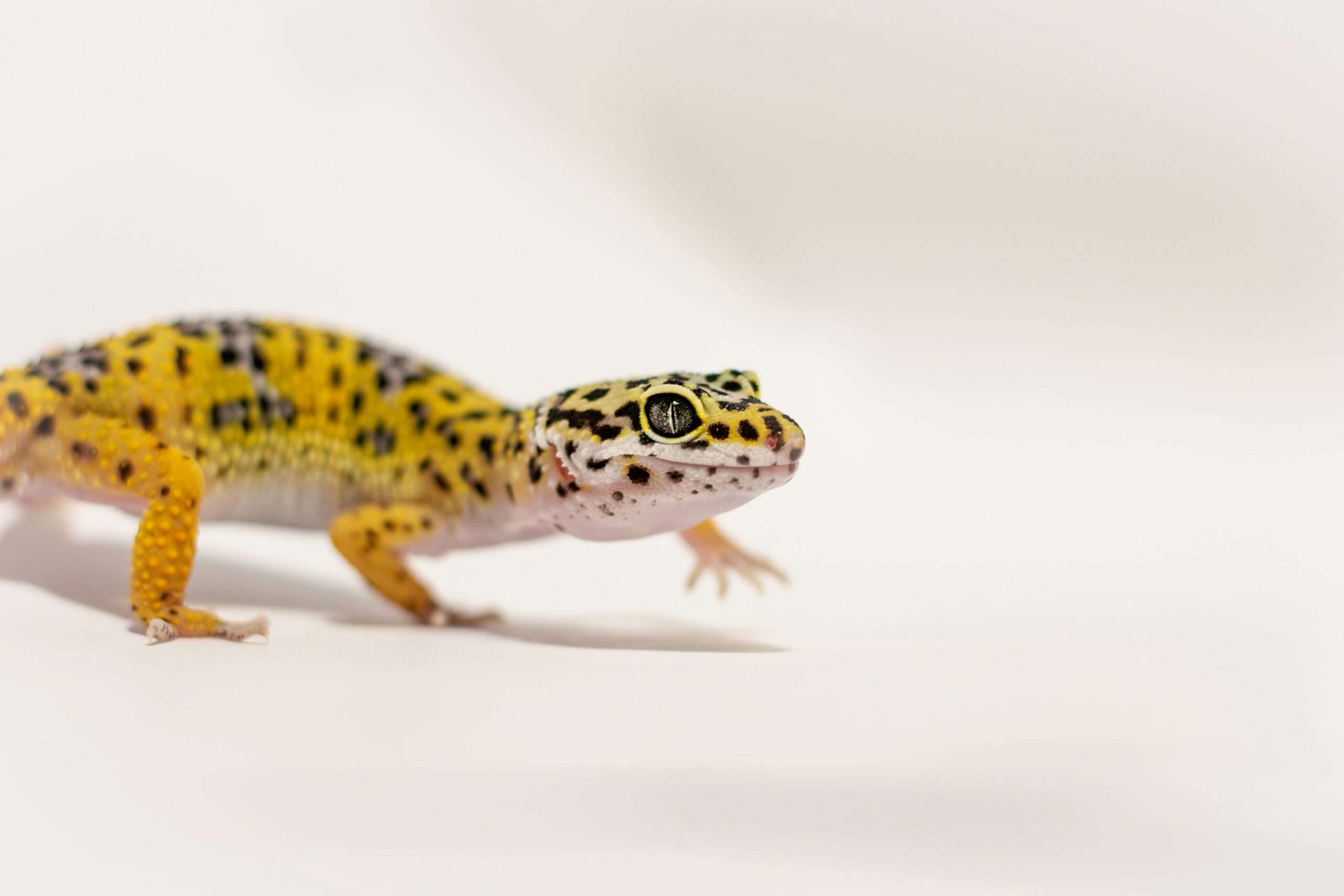
Biology:
Leopard geckos, native to dry scrublands on rocky, clay soils, are terrestrial creatures adapted to a crepuscular lifestyle, meaning they are most active at dawn and dusk. Preferring the cooler hours, they seek refuge under rocks during the heat of the day. In the wild, their diet consists of various invertebrates, occasional small mammals, and seasonal flowers.
Growing to an average length of 25cm, leopard geckos can live up to 20 years. The captivating variety of color and pattern variants, known as ‘morphs,’ adds diversity to this species.
All leopard geckos in the UK are now captive bred. Before bringing one into your care, ensure you can provide correct care throughout its life, considering associated costs. You can acquire a leopard gecko from a reputable breeder, reptile shop, or through rehoming options.
Environment:
The vivarium, or reptile enclosure, must be secure to prevent escape and free from hazards. Adequate ventilation, essential for minimizing bacteria buildup, is crucial. Constructed from an easily cleanable solid material, a minimum size of 60cm long, 40cm high, and 30cm deep is recommended for one adult leopard gecko, though larger vivariums are encouraged. Position the vivarium away from direct heat sources.
Temperature:
Leopard geckos, being ectothermic, rely on their environment for temperature regulation. Establish a thermogradient within the vivarium by placing the heat source at one end, leaving the other cool for the gecko to choose its preferred temperature.
Create a basking zone using a 60 to 100-watt ceramic or basking lamp, ensuring the heat source is guarded to prevent burns or injuries. Leopard geckos sense warmth through their bellies, so incorporate natural slate or rock in the basking zone to absorb daytime heat. Utilize a thermostat to regulate the temperature, with the probe above the substrate.
Aim for 28 to 30°C in the basking zone and 24 to 26°C in the cool end. Check temperatures daily using a digital thermometer for accuracy. At night, turn off the heat to simulate nighttime conditions; however, if the room temperature drops below 18°C, supplemental heat is needed.
A reptile heat mat or ceramic heat lamp, controlled by a thermostat, can be employed for this purpose.
Humidity
Leopard geckos thrive in a relatively dry environment to prevent skin and airway issues. Utilize a hygrometer to measure humidity at the cool end, maintaining it around 30 to 40%. If humidity levels are high, enhance vivarium ventilation. It is essential to incorporate a humid hide to create a localized area of usable humidity, as further described later.
Cleaning
Maintaining a clean enclosure is vital for the health of both the gecko and its keeper. Implement spot cleaning to remove waste promptly. Conduct a thorough vivarium and equipment cleaning monthly using reptile-safe disinfectants, ensuring proper rinsing and thorough drying.
Exercise caution as reptiles may carry Salmonella. Wash hands before and after handling the gecko or its equipment to minimize the risk of infection transmission between you, the lizard, and other animals. Regular cleaning practices contribute to a healthier living environment.
Light
Natural daylight, comprising visible light and essential ultraviolet (UV), plays a crucial role in setting reptiles’ day and night patterns. UVB, a component of UV, enables leopard geckos to produce vitamin D3, vital for calcium utilization and regulation of other biological processes. UVA, another part of UV, supports reptile vision, enabling them to perceive a broader spectrum of colors.
Establish a ‘photogradient’ by grouping the light with the heat source, ensuring the cool end is more shaded, replicating natural conditions. Incorporate a 2 to 5% UVB tube for reptiles, covering one half to one third of the vivarium length in the hot end. Use a reflector to direct light onto the gecko. Follow the UVB tube manufacturer’s recommendations regarding distance, especially if there’s a mesh lid, which partially blocks UVB.
Regularly check UVB output using an appropriate UV Index (UVI) meter, and replace the lamp as per the manufacturer’s instructions. Leopard geckos require a UVB gradient ranging from UVI 0.7 in the basking zone to zero in the shade.
Ensure UV lamps are guarded to prevent burns or injuries. Turn off all lights at night, using a plug-in timer for a 12-hour day and night cycle.
Diet:
Water:
Water is a fundamental component of a reptile’s health. Always ensure a shallow dish of clean, fresh water is available in the cool end of the vivarium. Regularly clean and replace the water at least daily, and immediately if soiled.
Feeding:
Leopard geckos, primarily insectivores in the wild, require a diverse diet of live invertebrates, often referred to as ‘live food.’ Offer a variety, such as crickets, calciworms, and locusts, with sizes no larger than the gecko’s head. Feed waxworms sparingly due to their high-fat content. Juveniles should be fed daily, while adults can be fed every other day.
Supplement their diet monthly with washed dandelion or nasturtium flowers. Weigh your gecko regularly and consider feeding in a separate container to prevent substrate ingestion. Remove uneaten bugs promptly to avoid potential harm.
Maintain feeder insects in a well-ventilated container, feeding them safe vegetables and ensuring adequate hydration. Gut-load insects with vitamins and minerals by providing a formulated gut-loading diet 24-48 hours before feeding.
Supplement live food with a light dusting of vitamin and calcium supplements just before offering it to the gecko. Ensure supplements are stored in a cool, dry place. Additionally, provide a small bowl of plain calcium powder for the gecko to lick.
Download the Caresheet |
Behavior:
Enrichment
Encourage natural behaviors through enrichment. Offer numerous hiding places, low sturdy branches, or rocks for climbing. Place hides throughout the vivarium to allow the gecko to choose a comfortable temperature without compromising security. Include a hide with a waterproof bottom containing damp moss to create a ‘humid hide,’ which should be sprayed with clean water every few days.
Substrate
Substrate, the floor covering in the vivarium, is crucial for geckos to grip onto. Use a mix of approximately 50% organic soil and 50% clean children’s play sand or reptile sand for healthy adult geckos. Avoid builder’s sand, calcisand, beech chips, or other non-natural loose substrates that can cause impaction.
Clay substrates, rough, flat stones, or slate pieces are safe alternatives, providing good grip and ease of cleaning. Reptile carpet is also an option for easy removal and cleaning. Young geckos should be housed on non-loose substrates initially, and owners may explore naturalistic environments and bioactive systems for permanent housing, seeking guidance from expert resources or online communities.
Regular veterinary check-ups are recommended to ensure the gecko’s overall health.
Company:
Social Behavior:
Leopard geckos are solitary creatures, and it’s recommended to keep them singly as they do not require social company. In fact, introducing them to others may lead to aggression. Providing a well-designed and enriched environment is essential for their solitary lifestyle.
Bringing Your Lizard Home:
Set up the vivarium at least a week before introducing your leopard gecko. Allow the gecko time to adjust by placing it in the vivarium with food and water, minimizing interaction on the first day. Avoid unnecessary handling during the first week, allowing the gecko to explore its surroundings and become accustomed to the new environment.
Handling:
When handling your leopard gecko, avoid grabbing it, as this can cause stress and lead to struggling or biting. Gently scoop the gecko with both hands, supporting all four feet, and never apply pressure to the tail, as they can drop it. Limit handling time to around 10-15 minutes, depending on room temperature, and ensure the gecko’s core temperature doesn’t drop. Keep other pets away during handling.
Health & Welfare:
A healthy leopard gecko should have clear, bright eyes, be active, with a well-fed appearance featuring a thick tail. Droppings should be dry, consisting of fecal waste and urates. Regular veterinary check-ups are recommended to ensure the gecko’s well-being.
Shedding:
Leopard geckos shed their skin in large pieces, with shedding frequency varying. During shedding, the skin may look dull, and the gecko will spend time in its humid hide. Do not pull off stuck skin, especially around toes or eyes. Consult a reptile vet if needed.
Brumation:
Some geckos may undergo brumation during cooler months, reducing activity and eating. Monitor weight to ensure they don’t lose weight during this natural process.
Diseases & Concerns:
Metabolic Bone Disease (MBD)
MBD is a common issue due to a lack of UVB lighting, resulting in vitamin D3 deficiency and calcium absorption problems. Symptoms include muscle twitching, swollen legs, and deformed limbs. Seek urgent vet advice if signs are observed.
Reproductive Issues
Female geckos may produce infertile eggs, and it’s crucial to provide a nest box if this occurs. Digestive problems and impaction are potential health issues; owners should research and monitor their geckos closely. Regular veterinary visits are recommended for any concerns.
Download the caresheet for Leopard Gecko |

Recent Posts
- All Post
- care sheets
- guide
- Lizards
- snakes
- Uncategorized
- Back
- Mourning Gecko
- Sandfish skink
- Tegu
- Ackie Monitor lifespan
- Bearded dragon
- Blue Tongue Skink
- Crested Gecko
- Gargoyle Gecko
- Jackson's Chameleon
- Leopard Gecko
- Back
- Ball Python
- Black Rat Snake
- Corn Snake
- Gila Monster
- kenyan sand boa
- Milk Snake
- Back
- lizardscs
- snakescs
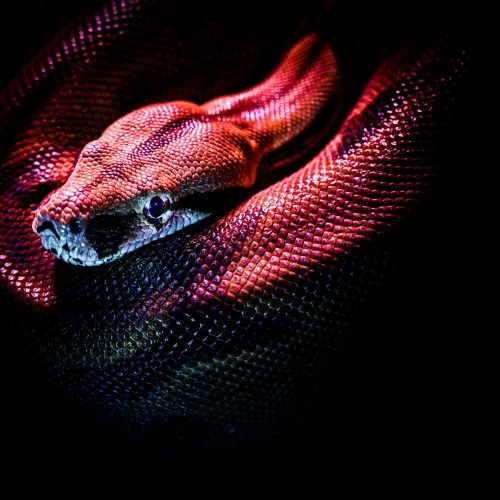
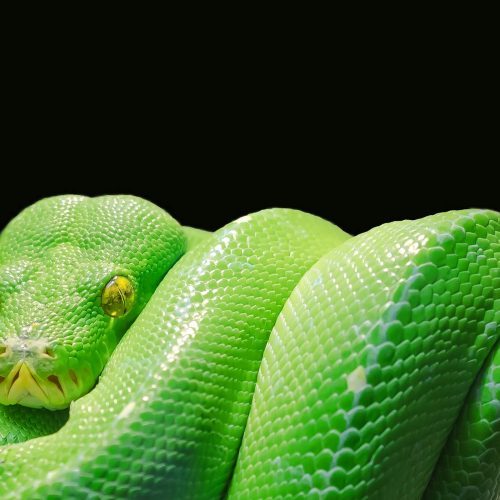
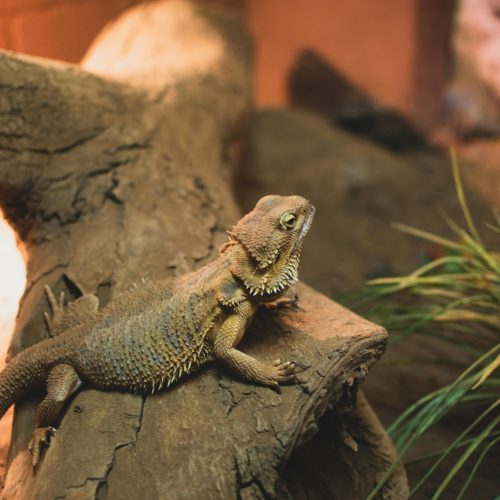
Address
215 Woodland Ave. Manchester, NH 03102
